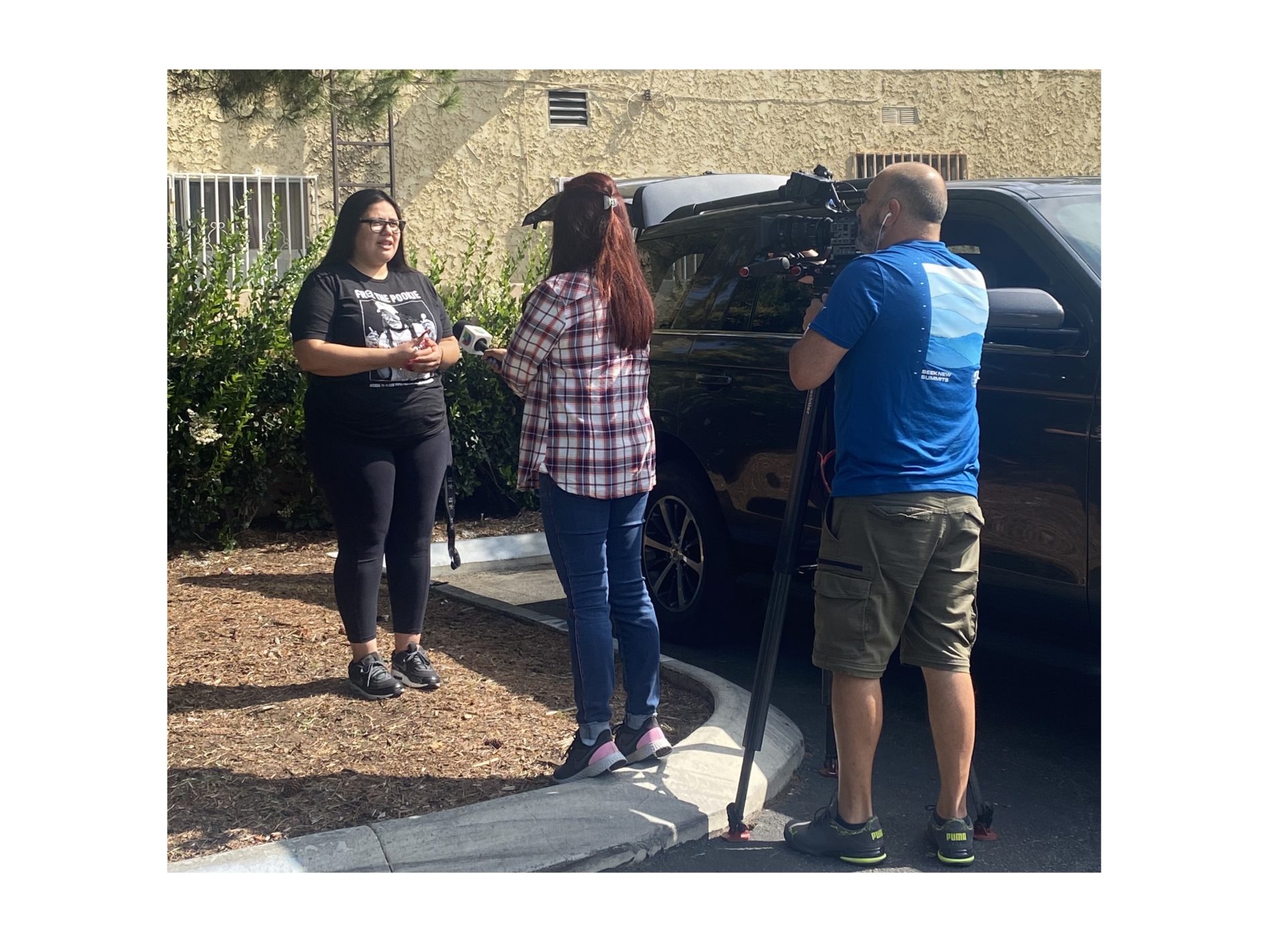Preciosa Zuniga of CHPLA recently spoke with Univision about the organization’s partnership with ODR to distribute harm reduction supplies.
On a June evening in 1992 –thirty years ago this month– a handful of volunteers gathered in a Los Angeles living room stuffing tiny containers of bleach, cotton balls and condoms into plastic baggies in preparation for an act of civil disobedience that was decades ahead of its time. Little did they know, one day they would have DHS as a major partner to expand the work.
Organizers had spent about a year studying up on the emerging field of “harm reduction” but local health care systems were slow to buy-in so they decided to take matters into their own hands. After watching the AIDS epidemic ravage Los Angeles, and the nation, for more than a decade, the alliance of AIDS activists, drug users and artists and launched the region’s first program handing out kits, which included clean needles, to protect drug users from deadly disease.
Initially, the volunteers clashed with police and elected officials but through a public campaign they promoted the importance of harm reduction in preventing HIV and other illnesses spread through dirty needles. They also laid the foundation for one of ODR’s primary harm reduction partners, the Community Health Project Los Angeles, which is celebrating the syringe exchange’s 30th anniversary this month.
“From its inception, what set CHPLA apart is the idea that people deserve non-judgmental care,” said Shoshanna Scholar, CHPLA’s former executive director who now oversees ODR’s Harm Reduction and Community-Based Diversion program. “In doing so, the organization has built countless relationships on honesty and mutual respect. And that’s improved the health of both individuals and entire communities.”
Three decades later, CHPLA is still showing up along the same routes where they passed out those first kits. Even during the pandemic when clinics, food banks and other health and human services were shut down, outreach workers stuck with the schedule.
Consistency is key to CHPLA’s success, said Melisa Chavez, the nonprofit’s Director of Client Services. Each week, outreach workers follow the same routes at the same time, while adding on new ones to expand their reach in underserved areas like the Antelope Valley and San Fernando Valley. Last year alone, CHPLA passed out 360,000 clean needles and brought in 220,000 dirty ones. In all, they served almost 11,000 clients proving to be an invaluable community partner in carrying out the work of ODR and the Department of Health Services.
While CHPLA was decades ahead of its time, harm reduction is gaining traction across the nation, despite skepticism in places like Orange County, which shut down its needle exchange program last spring.
For CHPLA, the opposition presents teachable moments. “Harm reduction isn’t just providing clean needles,” Chavez said. “We’re out here saving lives and building relationships with people, helping them to get well.”

